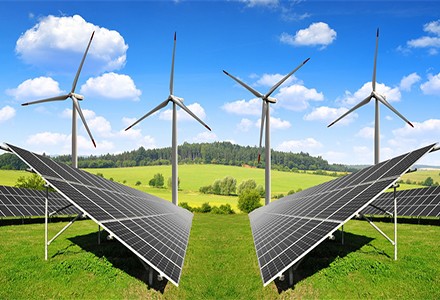The applications of the linear actuators for solar systems - TOMUU
Linear actuators offer invaluable convenience. They are not only used in industry applications, but they are also found in many pieces of equipment we use every day. Some of these applications include medical linear actuators, linear actuators for solar systems, linear actuators for agricultural equipment, linear window actuators, and motorized linear actuators.
Linear actuators for solar systems are designed for use in harsh environments where they will be exposed to high humidity, large temperature shifts, and dust. Therefore, good environmental adaptability is a vital characteristic for actuators used in solar systems. In addition, they also have the advantages of precision tracking, strict quality control, and good cost performance. They are here to help you improve your solar utilization efficiency.
As a professional linear actuator manufacturer with years of experience under our belt, TOMUU visits customers periodically to ensure your devices are working as designed. We have strong research and development capabilities as evidenced by our numerous patented designs. We have established a corporate image revolving around reliability and customer trust. Our products have been widely praised by public institutions of electric power systems.
Linear actuators for solar systems, motors for linear motion applications
The primary function of linear actuators for solar systems is to move solar panels and heliostats to ensure they get the maximum amount of sunlight each day to optimize electrical output. We will get into the working principles of the solar tracking linear actuators below.

· Normal tracking: Used in good weather conditions, this function will follow the sun on clear days to maximize electrical generation.
· Intermittent tracking: This is used in the case of cloudy and inclement weather. If the system considers the current weather unsuitable for solar tracking, it will set the linear actuator into halt mode to conserve energy. Until the weather and sun conditions are suitable for solar tracking, the system will send out quick tracking instructions and let the solar panels and heliostats roughly face whatever sunlight there is. The system will then acquire another set of signals to realize fine tracking.
· Automatic return: After the sun has set, the system will return the panels and heliostats to their beginning position in anticipation of the sun rising the next day. The system will enter hibernation mode once this function has been completed.
· Bad weather protection: When wind speeds increase or precipitation poses a threat to linear actuator functioning, the tracker will automatically stop the system and move the panels parallel or perpendicular to the ground to protect the system from damage.